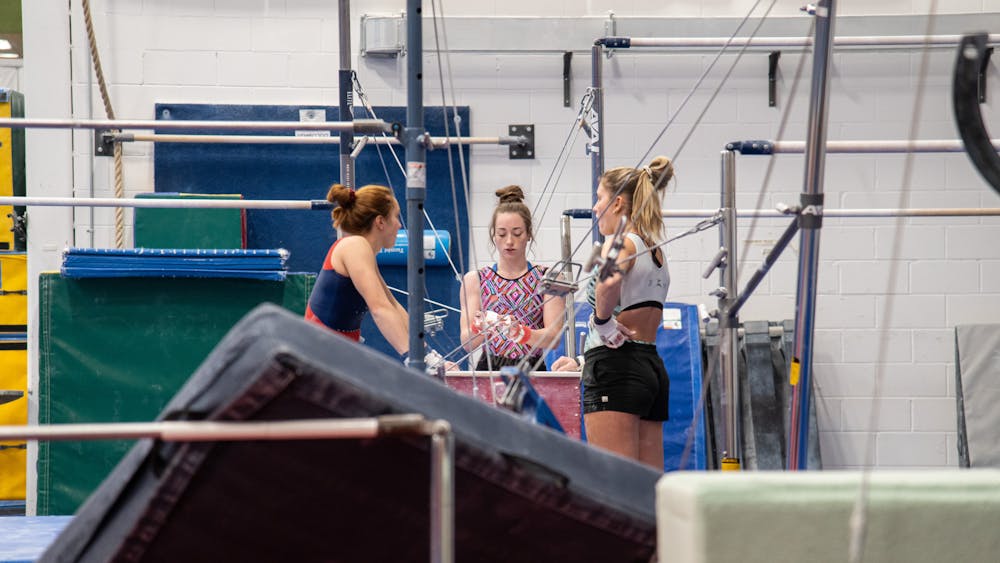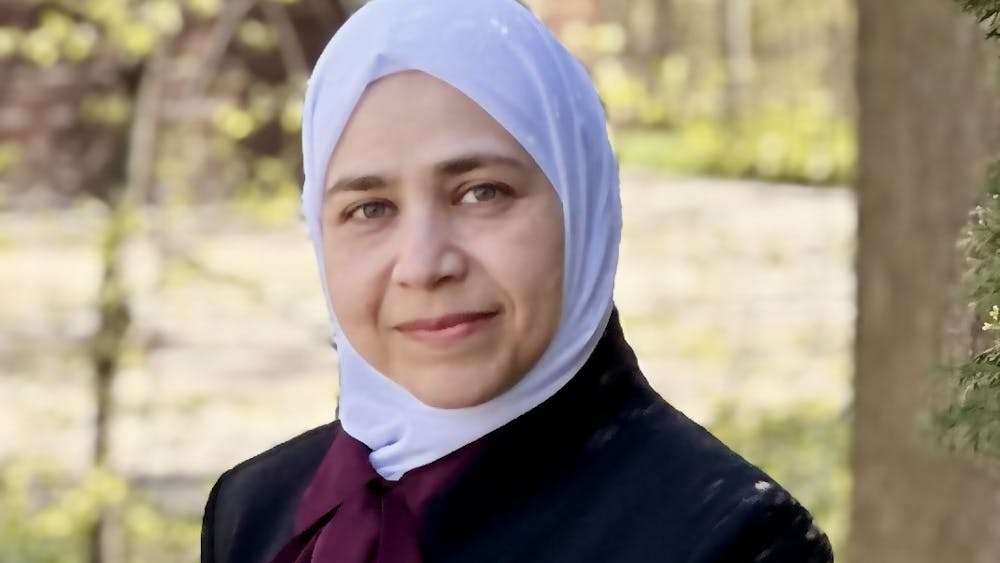Media has an obligation to report the truth, even if its unattractive
Tell the public what they need to know. Even when it pertains to news packages about the war in Iraq and Afghanistan, including a picture of a fatally wounded Marine.
The Associated Press had a photographer, reporter and an AP Television News cameraman in Afghanistan with a unit of US Marines. The photographer, Julie Jacobson, captured a series of pictures of a unit in the middle of an ambush and took a photo of a mortally injured American.
That soldier was 21-year-old Lance Cpl. Joshua M. Bernard of Maine.
On Sept. 3, AP transmitted a news package containing stories and photos of Bernard and his unit with a 12:01 a.m. embargo for the following day. This embargo was set forth to give newspaper editors time to consider the publication of the photos in the package, including the injured Bernard being tended to after being struck in the legs by a rocket propelled grenade.
The package of photos included events leading up to the firefight and those events immediately after — the wounded soldier picture was not the only photo to be shown, but it was the only photo in question.
Many editors across the country chose not to run the photograph, but other parts of the package were ran.
Randy Lovely, a CMU graduate, a former Central Michigan Life editor and current editor of the Arizona Republic, went through this same decision process.
Lovely was on campus last week to speak to current journalism students and was grilled about all things journalism.
One class he spoke to, in which I was in attendance, Lovely brought up the idea of whether to run the photo of Bernard’s injury if they were editors. The class of 60 students was just about split on their decision.
Lovely then revealed his newspaper, the Arizona Republic, chose to run the photo as part of the package.
I would have done the same. And my justification for doing so is simple.
Although the picture did show graphic and potentially disturbing images of a wounded Marine, it is the right of the American public to be aware of the reality of war.
If necessary, the identity of Bernard did not have to be released. The editors of their respective newspapers can choose to leave out the name of the wounded and still get the message across: war is real.
As journalists, we are expected to follow a strict code of ethics set forth by the Society of Professional Journalists, the Associated Press and our respective news corporations.
Some say it’s unethical to run such pictures but, if the AP feels the pictures can be run and left it to the discretion of individual editors, by all means run the photos.
It is our duty to inform the public and, by failing to run the photos, we would not be fulfilling said duty.





